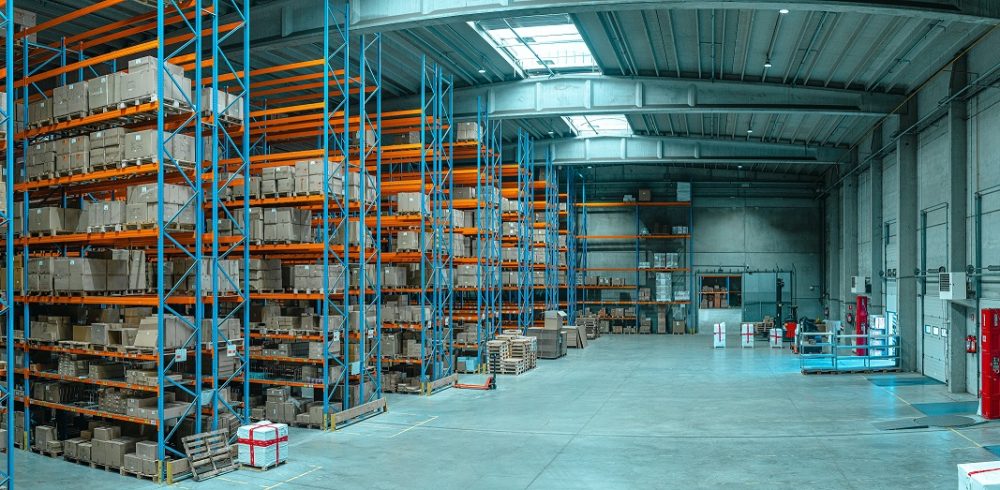E2open Parent Holdings, Inc. (NYSE: ETWO), the connected supply chain SaaS platform with the largest multi-enterprise network, released the Q4 2022 edition of its Ocean Shipping Index, a quarterly report that offers data-driven insights to better manage the movement of goods around the globe and on key lanes between Asia, North America, and Europe.
The e2open Ocean Shipping Index Q4 2022 Report shows that as of January 1, 2023, it takes a company an average of 63 days to deliver goods to truck or rail carriers after booking with an ocean carrier and completing the cross-ocean journey. This is a dramatic eight-day global average decline from the same quarter last year.
Based on information from e2open’s business network, encompassing 420,000 connected enterprises managing 13.5 billion transactions and tracking 71 million containers annually, the e2open Ocean Shipping Index provides a data-driven reference for shippers to understand how long it takes to move goods internationally as well as the factors that contribute to observed delays. Companies can use this data to make informed decisions on when to book ocean freight.
Key findings from the latest e2open Ocean Shipping Index include:
- The top ports contributing to Export Time Performance improvement when considering all global ports are Tuticorin, India; Valparaiso, Chile; Los Angeles, U.S., Vancouver, Canada, and Jeddah, Saudi Arabia.
- Exports from Asia to North America and Europe saw cross-ocean journeys reduced by nine days and eight days, respectively, from the prior three months, and down 12 days from the same quarter in 2021.
- The major drop in demand for goods shipping out of Asia has continued to reduce port congestion and resulted in shorter actual transit times. There was also a notable reduction in the booking-to-gate time for shipments out of Asia.
- For shipments from North America to Asia, the time from initial booking to clearing the gate at the final port was an average of 82 days this quarter. This is down three days since last quarter and similarly, down three days from the fourth quarter of 2021. This implies planners are still booking earlier to avoid potential delays at the port of arrival or overland transport.
“While it is the most cost-effective transportation mode, ocean shipping has been in a constant sea of change. A company’s constrained ability to predict the impact of external factors like shifting transit times, port congestion, and capacity fluctuations has complicated once-simple ocean shipping,” said Pawan Joshi, executive vice president, products and strategy, for e2open. “The latest edition of the index highlights ongoing changes and provides valuable insights on global shipping lane trends. Incorporating these insights and trends at the moment of decision-making is key to unlocking immediate value and supporting resiliency across the end-to-end supply chain.”
The e2open Ocean Shipping Index is unique because it captures booking information at the start of the logistics timeline to provide a better view of total shipment time. This report is one of several benchmark reports available from e2open to help companies navigate increasingly complex global supply chains.
____
View the latest e2open Ocean Shipping Index at e2open.com.










